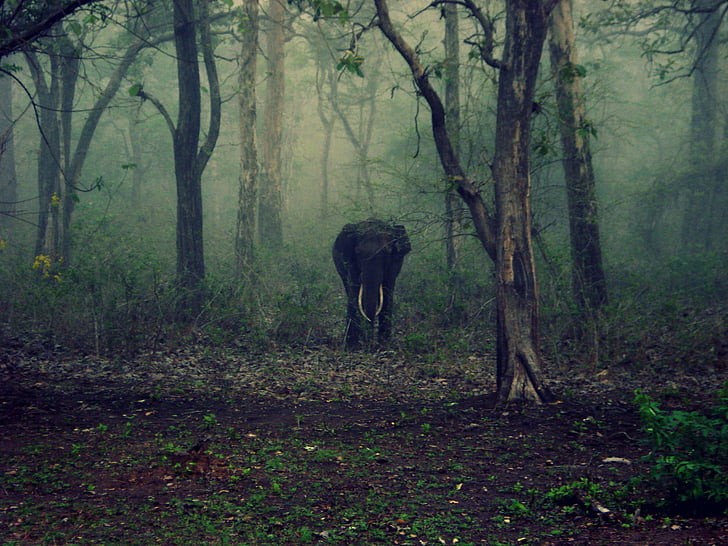The 20 targets set back in 2010 wide-ranging and covered many different areas. Some examples of the the targets included cutting rates of habitat loss, managing fish stocks sustainably and preventing harmful pollution, among others.
Of the 20 targets 6 thought to have been partially, met the rest were failed completely.
The UK government claim to have done well, having hit as many as a third of its targets. I would say this is an astoundingly low bar to clear,who in their right mind with sit a test get 33% and feel that they had done well? the more it seems that the government is mocking itself off in a way that doesn’t stand up to scrutiny. RSPB looked at how the government had done, they felt that the government had only met 3 of its targets, indeed in six of its areas it has actually gone backwards (the government rejected this critique).
3 of the most significant failures were insufficient funds for nature conservation, not enough space set aside for wildlife and declining wildlife populations.
Of the first, far from increasing funding the government has cut the funding on wildlife populations by £250 million. Given our rhetoric to other countries this is totally unacceptable.
In terms of space for wildlife,on paper the UK protects 28% of its land and 24% of its sea territory. Anyone with any sense can see this is rubbish, for instance the government claims all of the land in all national parks are being kept for wildlife,while there is nice areas of wildlife in the country’s national parks to say the whole area is wild is absolutely insane.
Similarly on its claim to be protecting endangered species this is all so rubbish. 41% of the British wild species has declined in the last 10 years with 1-in 10 threatened with extinction.
A spokesman for the governmental department defra pointed to the fact of the UK is the first country in the world to legislate a legally binding rules requiring us to hit net zero carbon dioxide emissions.
“[We] are leading the world by setting ambitious goals for nature and biodiversity in our landmark environment bill as well as introducing new ways to reward farmers for protecting the environment, and investing £640m in the Nature for Climate fund,” the spokesperson said.
I personally think this is rubbish, in particular over the last decade the government has constantly said there is something else they need to be concentrating on, first recovery from the 2008 market crash, and now the pandemic. both of these are certainly urgent things that need to be taken care of, however these essential environmental requirements both in terms of biodiversity loss and climate change cannot wait for the UK to stop messing around with other things.
We must make our politicians act, they must act now not simply set targets to be met in 3 decades.













